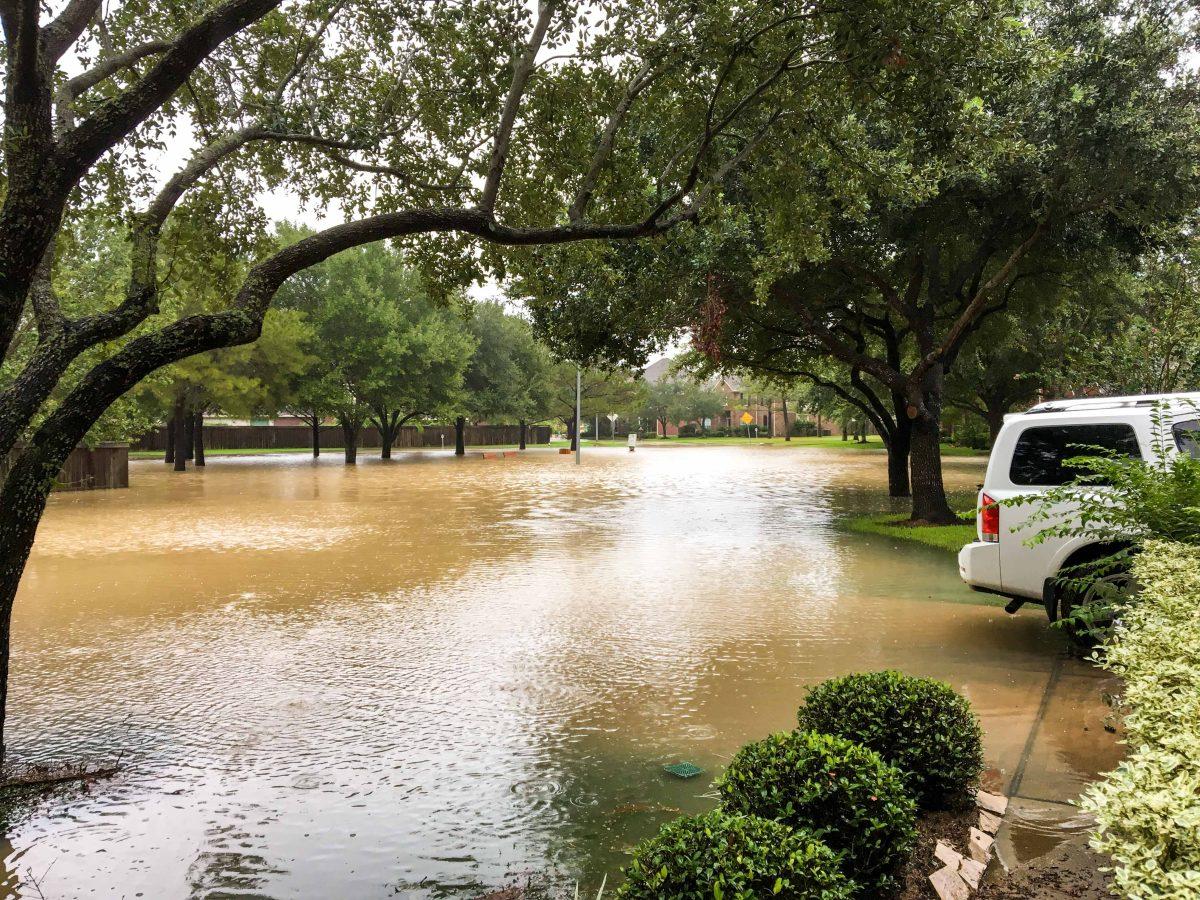Hurricane Harvey was a watershed event that proved the greater Houston area’s drainage infrastructure and flood operations were not as impervious as city planners thought. It also revealed that thousands of people were living in a man-made floodplain, at risk of repeated flooding from similarly powerful storms in the future.
In the 1960s, the U.S. Army Corps of Engineers declined to purchase the land surrounding the Addicks and Barker Reservoirs. Homeowners and businesses built around the reservoirs, unaware the location was a man-made floodplain, said president of the Willowfork Drainage District Wendy Duncan.
Homeowners who asked about flood insurance were told by mortgage companies they were outside of the natural, 100-year floodplain and were not recommended for such insurance, Duncan said.
“What they didn’t understand — what banks didn’t understand, what real estate agents didn’t understand, what title companies didn’t really understand — was that they were in what is now defined as a flood pool: private property that can be flooded if the reservoirs fill to outside of government land,” Duncan explained. ”This was a concept — and a term — we really didn’t have or understand before.”
There are 10,000 homes in the flood pool, and those may not be the only homes affected in the future, said Jeff Lindner, meteorologist and director of hydrologic operations at the Harris County Flood Control District.
“Flood plains are a dynamic product, and they change over time,” Lindner said. “The floodplain map may not be the same in five years. Change is constantly ongoing with various construction projects, engineering projects and channels.”
Drainage infrastructure has improved over the last 15 years, but there has been a simultaneous increase in hurricane magnitude.
“The number of flood events has not increased, but the events today are significantly higher concerning the amount of rain that has fallen,” Lindner said. “It’s not about the frequency of hurricanes but about the increase in their precipitation.”
Hurricane Harvey, with an average 35 inches of rainfall across greater Houston and more than 50 inches in other areas, was indicative of this heavy precipitation, said Justin Stapleton, a meteorologist at KPRC-TV.
“We had the ‘perfect’ combination of a very large hurricane, an unlimited source of energy and moisture, a very slow-moving hurricane and high pressure,” Stapleton said. “I think it gave people the opportunity to understand some of the meteorological dynamics [meteorologists] all look at.
“Going forward, the question is: now that we know that can happen, what steps do we need to take in different avenues and departments to prepare for next time?” noted Stapleton.
An ongoing U.S. Army Corps of Engineers study has considered that same question, but its preliminary recommendations for property acquisition have been seen as unfavorable to local homeowners, Duncan said.
While a forced buyout of homes might not be the preferred solution, Lindner said he sees few alternatives.
“Property acquisition targets homes that are hopelessly deep in the floodplain — where it doesn’t matter what infrastructure improvements are made, they still flood,” Lindner said. “The challenge we have is trying to go back and retrofit those areas, but there’s not always an engineering solution.”
While many struggle with what to do with existing homes, future urban and suburban development also must be considered, Stapleton said.
“There’s such an influx of people coming into the greater Houston area — well over 100,000 people since Hurricane Ike 12 years ago — and they’ve all got to live somewhere,” Stapleton explained. “If you take away natural fauna that can handle some of that water and replace it with streets and concrete and sidewalks, it’s good for the overall economy, but you’re just creating more areas that can flood.”
It’s a two-sided issue, Stapleton said, with warmer temperatures increasing the destructive potential of hurricanes on one side and Houston’s “flood” of new residents on the other.
“It’s going to continue to be an issue that the soon-to-be third largest city in the nation continues to flood on a regular basis,” Stapleton said.
This story is a collaboration between The Battalion and upperclassmen in Texas A&M’s journalism degree. To see the online copy of the Climate Change extra print edition, click here.




















